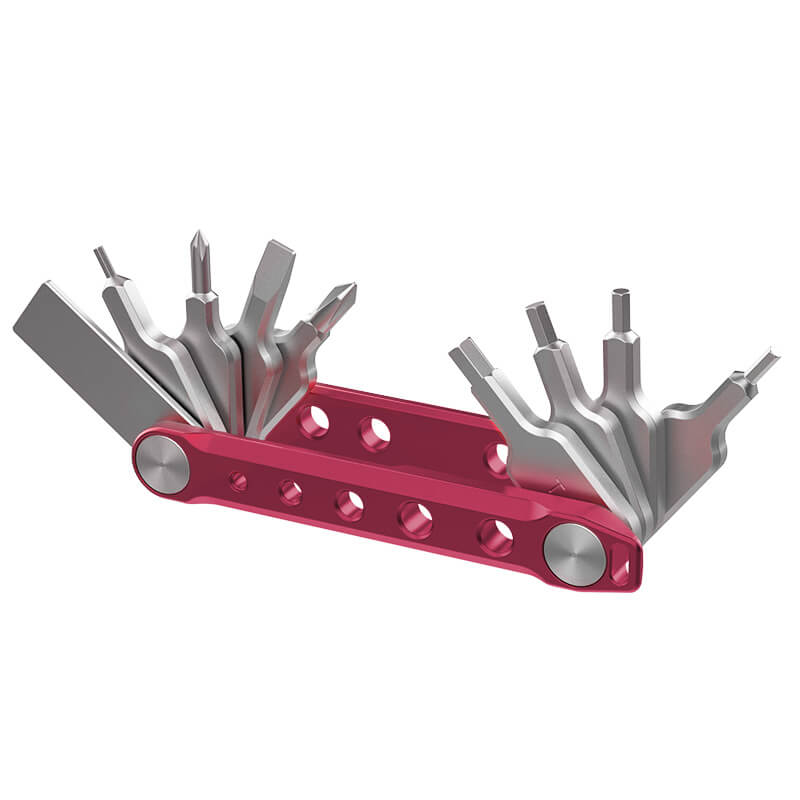|
Type |
Advantages |
Disadvantages |
Price Range |
Suitable Scenarios |
|
Neck Strap |
Comfortable chest-level carry; often padded |
Can cause neck fatigue; may irritate sensitive skin |
$15 - $50 |
General photography; casual shooters |
|
Wrist Strap |
Reduces drop risk; great for lighter cameras |
Limited support for heavy gear; restricted motion |
$10 - $30 |
Casual use; lightweight cameras |
|
Shoulder Strap |
Distributes weight on one shoulder; good for access |
May slip off if not adjusted properly; limited length adjustments |
$20 - $60 |
Long shoots with larger equipment |
|
Sling Strap |
Quick access; distributes weight |
Takes practice to adjust; can feel bulky |
$25 - $70 |
Action shots; spontaneous photography |
|
Harness Strap |
Supports multiple cameras; distributes weight evenly |
Can be complex to set up; unnecessary for single-camera users |
$50 - $120 |
Event coverage; wildlife photography |
Choosing the correct camera strap may seem like a small thing, but it has a big impact on your shooting journey. Whether you're an amateur photographer or a professional, a decent camera strap may make a big difference in how securely and comfortably you carry your equipment. To assist you in making the best decision, we'll discuss the advantages of camera straps and examine the various kinds in this guide.

What Is a Camera Strap?
A camera strap is an easy-to-use yet crucial accessory that keeps your camera close at hand and firmly in place. You may carry the camera without worrying about losing it or breaking it because the strap connects directly to your camera. The majority of straps are constructed from sturdy materials that can hold the weight of various camera models.
The advancement of photography technology has brought about significant changes in camera straps. Early cameras were often large and heavy; stronger, thicker straps were needed. Since cameras are becoming lighter and smaller, straps have also evolved to provide a variety of options that prioritize utility and comfort.
Why You Should Consider a Camera Strap
Safety and Protection for Your Camera
A camera strap's main use is to stop unintentional drops. Cameras can be costly purchases, and there's always the risk of falling and breaking one, especially when you're moving around. By securing your camera to your body with a strong strap, you greatly lessen the possibility that it may fall out of your hands.
Comfort During Extended Use

A comfortable camera strap can make all the difference if you shoot for extended periods of time. By reducing tension on your neck, shoulders, and wrists, the appropriate strap frees up your hands to concentrate on your skill rather than discomfort.
Enhancing Photography Experience
Easy access to your camera ensures a seamless shooting experience. A well-thought-out strap makes it easy to switch between carrying and shooting, enabling you to quickly record unplanned moments.
Different Types of Camera Straps
There is a large selection of camera straps to pick from, each with special features and advantages. Knowing these possibilities can assist you in making the best decision for your situation.
Neck Strap
One of the most common styles of camera straps is the neck strap. They allow your camera to hang comfortably at chest level by forming a loop around your neck. The majority of neck straps include padding to provide comfort and aid in distributing the camera's weight equally.
While being generally accessible and simple to use, neck straps do have some drawbacks. For example, prolonged use of a neck strap may result in neck weariness. Furthermore, with prolonged use, those with sensitive skin may find them uncomfortable. So if you intend to wear one for an extended period of time, you need to think about how comfortable it will be.
Wrist Strap

The purpose of wrist straps is to fasten your camera and go around your wrist. This arrangement reduces the likelihood that you will drop your camera while shooting by providing additional security. Lighter cameras are particularly well suited for them. They are an excellent option for casual photographers.
However, they might not be the greatest choice for heavy equipment, though, since they might find it difficult to offer sufficient support. Furthermore, wrist straps can restrict your range of motion in comparison to other kinds of straps. Unlike sling or neck straps that can be adjusted in length and positioning, wrist straps typically have a fixed size.
Shoulder Strap

Shoulder straps are a popular option for photographers who have to carry larger gear for extended periods of time, since they can distribute the weight of the camera over one shoulder. Often, these straps have padding to enhance comfort. With this kind of strap, you can also quickly access your camera, so you can pick it up and get shooting. For downsides, the strap would come off your shoulder easily due to improper adjustment, which might be annoying. Furthermore, a limited number of shoulder strap styles allow for restricted length adjustments, which may not be suitable for all users.
Sling Strap
Sling straps, belonging to cross-body straps, are worn across your body and rest comfortably on one shoulder, allowing the camera to hang down at your hip. This design takes the best features from both neck and shoulder straps, offering you flexibility and ease of use. Sling strap lets you grab your camera quickly whenever you need it. You can capture spontaneous moments by easily sliding the camera up from your hip to take a shot. Moreover, they also help distribute the weight between your shoulder and lower back, which is especially beneficial for carrying heavier gear.
However, getting used to a sling strap might take some practice since you'll need to adjust it to fit your comfort level. Some people find sling straps a bit bulky if they've already used to thinner designs like regular shoulder straps.
Harness Strap
A harness strap is a unique camera carrying solution designed specifically for photographers. Typically, it features shoulder straps or a vest-like appearance to help equally distribute the weight of one or more cameras across your back and shoulders. This design provides solid support for multiple cameras, making it easy to grip them without feeling overly heavy.
For photographers covering events, wildlife, or anyone needing to move about with multiple cameras, harness straps are quite helpful. But for inexperienced users, it might not be worth the trouble to set up a harness strap. If you only use one camera or don't frequently carry extra gear, a harness strap may not be necessary.
Factors to Consider When Choosing a Camera Strap

Now that you've learned about the different types of camera straps, how do you choose the one that's right for you? Here are some important factors to consider:
Consider Tough Materials
It's crucial to pick a camera strap that is durable and constructed of high-quality materials for frequent use. To make sure your straps last a long time, look for ones with sturdy materials, double-stitched seams, and sturdy hardware. Here are some common materials used in camera straps, along with their pros and cons:
|
Material |
Pros |
Cons |
|
Nylon |
Lightweight, very durable, wear-resistant |
Less stylish than leather |
|
Leather |
Stylish, comfortable, highly durable |
Heavier, requires maintenance |
|
Cotton |
Soft, comfortable for long wear |
Less durable, may wear out faster |
|
Padded Fabrics |
Extra comfort for heavy cameras |
Bulkier, less breathable |
Support Your Camera's Bulk
If you have heavier cameras and lenses, like a DSLR with a large zoom lens or a full-frame mirrorless camera, you'll need a sturdier and more supportive strap. For instance, if your camera setup weighs around 4 to 6 pounds (1.8 to 2.7 kg), look for straps that offer extra padding or wider designs to help distribute the weight evenly. A good rule of thumb is to choose a strap that can support at least twice the weight of your gear. If your camera and lens together weigh 5 pounds, aim for a strap rated to hold at least 10 pounds.
Easy on the Body
Comfort is important when selecting a camera strap, particularly if you intend to shoot for extended periods of time. Seek for straps that are adjustable in length and have sufficient cushioning. For instance, a strap that is at least ? inch (1.3 cm) padded will assist in relieving pressure and cushioning your shoulder.
Get the Perfect Fit
Look for adjustable options if selecting a camera strap, these straps let you customize the fit based on your body size and shooting style. For instance, the length of a lot of adjustable straps might vary from 30 inches (76 cm) to 55 inches (140 cm). Regardless of whether you prefer to wear your camera lower by your hip or closer to your chest, this range enables most users to find a comfortable posture.
Match to Your Photography Style
Which strap is best for you can be strongly influenced by your photographic style. For instance, a sling strap would be the perfect option if you primarily photograph landscapes, as it provides quick access while keeping your camera safe. This allows you to comfortably adjust the strap and take pictures without having to worry about your equipment falling.
Quality Meets Affordability

The cost of camera straps varies greatly. While more costly choices typically have more features and quality, there are still reasonably priced straps that function effectively and do the job. Good-quality straps typically cost between $20 and $50, but premium ones can cost up to $100. Consider the qualities that are most important to you, such as material, padding, and adjustability.
Try Different Camera Straps to Discover Your Fit!
A quality camera strap can make it easier and more comfortable to capture those priceless moments. Consider your shooting technique, the weight of your equipment, and your personal comfort level. Take your time to look at different options, and don't be afraid to try a few out before making the final decision. In this manner, you can discover a strap that is ideal for your requirements.






